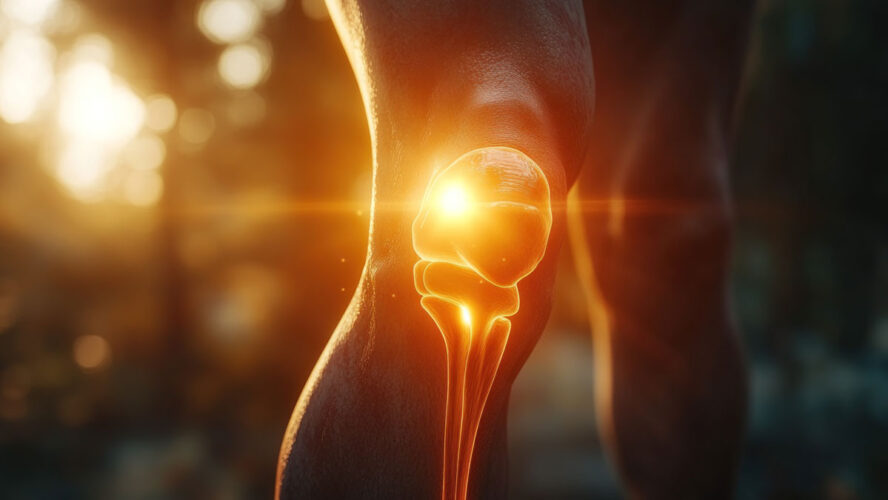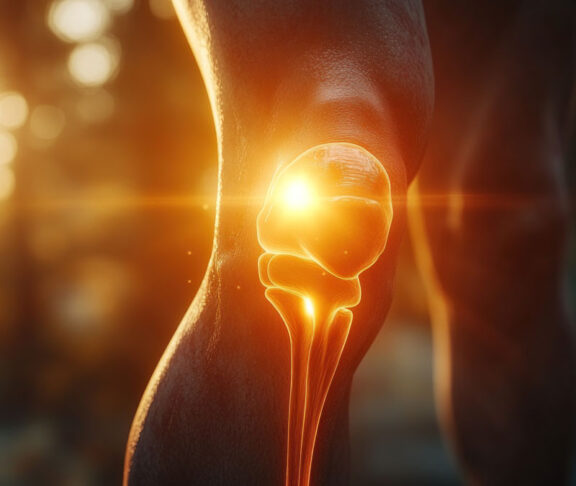
Erika Radford
Head of Information and Support Services, Royal Osteoporosis Society
Around 3.5 million people in the UK have osteoporosis,1 a condition that weakens bones and makes them more likely to break.
By the age of 50, one in two women and one in five men will experience a broken bone (also referred to as a fracture) because of osteoporosis.2 While the statistics sound daunting, there’s plenty we can do to protect our bones — at any age.
1. Know your risk of osteoporosis
The first step is awareness. Genetics play a role; if one of your parents has broken a hip, your chances of developing osteoporosis increase. Women are also at higher risk after menopause, when falling oestrogen levels accelerate bone loss.
Certain medications, including some forms of steroids, anti-epileptic medications and breast cancer treatments, can also contribute. To help, the Royal Osteoporosis Society (ROS) has a free online osteoporosis risk checker on their website that offers tailored advice and practical tips on looking after your bones.
2. Top up your vitamin D
Vitamin D helps your body absorb calcium, which keeps your bones strong. From April to September, 10 minutes of daily sun exposure is usually enough. Between the end of September and the start of April, most of us need a daily supplement of 10 micrograms (400 IU). Those with limited sun exposure should consider a vitamin D supplement year-round.
A balanced diet is the
foundation of bone health.
3. Eat for your bones
A balanced diet is the foundation of bone health. Calcium and vitamin D are vital, but so are a wide range of nutrients. Aim for a healthy, balanced diet with plenty of fruit and vegetables, carbohydrates, dairy or fortified alternatives and protein sources like meat, beans, fish and eggs. A varied plate supports bones as well as overall wellbeing.
4. Exercise smartly
Experts recommend at least two and a half hours of moderate-intensity aerobic activity every week. Weight-bearing with impact exercise (such as jogging or racket sports) is particularly important for preventing osteoporosis, combined with muscle-strengthening activities like lifting weights or using resistance bands.
5. Choose bone-friendly habits
Smoking and heavy drinking both weaken bones and increase the risk of falls. Quitting smoking starts to restore bone health, and sticking to alcohol guidelines lowers your risk further. People with osteoporosis risk factors or a low calcium intake should also limit their caffeine consumption, since a high caffeine diet increases the amount of calcium you lose.
Strong bones are built over a lifetime, so it’s never too early — or too late — to take action.
For more information, visit theros.org.uk
[1] International Osteoporosis Foundation. 2019. Broken bones, broken lives: A roadmap to solve the fragility fracture crisis in the United Kingdom.
[2] Van Geel, T A C M at al. 2009. Clinical subsequent fractures cluster in time after first fractures. Annals of the rheumatic diseases vol. 68, 1 (2009): 99-102.


